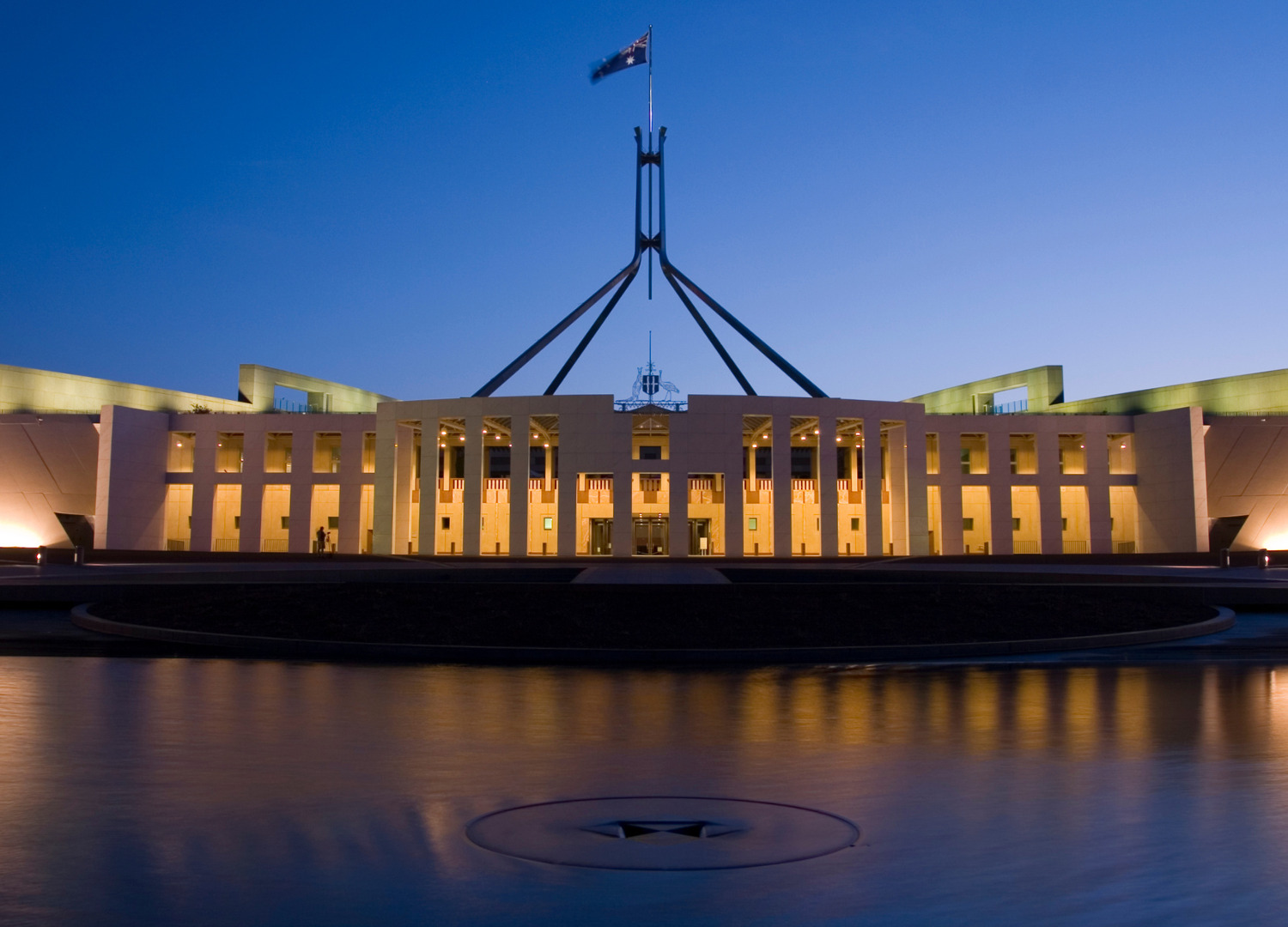As of October 14, 2024, the Administrative Review Tribunal (ART) has officially commenced operations, replacing the former Administrative Appeals Tribunal (AAT). This new federal administrative review body aims to be user-focused, efficient, accessible, independent, and fair, marking a significant reform in Australia’s administrative review system.
Key Changes and Features of the ART
The ART has been introduced to enhance the review process for decisions made under various Commonwealth laws, including migration and refugee visas. The establishment of the ART is underpinned by three critical Acts:
1. Administrative Review Tribunal Act 2024 (ART Act): This act establishes the ART and re-establishes the Administrative Review Council.
2. Administrative Review Tribunal (Consequential and Transitional Provisions No. 1) Act 2024: This act abolishes the AAT and makes necessary amendments to 138 Commonwealth Acts, ensuring existing legislation operates effectively under the new ART framework.
3. Administrative Review Tribunal (Consequential and Transitional Provisions No. 2) Act 2024: This act amends 110 Commonwealth Acts to ensure continuity for the ART and its users.
The reform aims to address existing backlogs, streamline processes, and improve the overall experience for users through procedural efficiencies and enhanced support services. Notably, the ART maintains the same jurisdiction as the AAT, allowing it to review decisions across a wide range of areas, including migration, social security, and veterans’ entitlements.

Impact on Visa Applicants
For individuals who have previously applied to the AAT for a review of a decision, there is no need to submit a new application to the ART. Current matters have been automatically transferred to the ART, and applicants will continue to have their cases reviewed without further action required on their part. However, if you received a final decision from the AAT before October 14, 2024, your matter is considered closed and will not be reviewed again by the ART.
A Streamlined and Transparent Review Process
The ART is designed to operate with a transparent and merit-based appointments process for its members, which is crucial for ensuring high-quality decision-making. All non-judicial member positions will be filled through a competitive and publicly advertised selection process, thereby enhancing the integrity of the review process.
Furthermore, the ART Regulations and Rules, which came into effect alongside the Tribunal, lay out detailed requirements for the operation of the ART, including:
· Timeframes for Applications: Clear guidelines have been established to assist applicants in understanding the timelines associated with their cases.
· Application Fees and Witness Allowances: The ART Rules outline the fees associated with making applications and the provisions for witness allowances.
Public Consultation and Expert Guidance
The ART reform was informed by comprehensive public consultation and feedback from the Administrative Review Expert Advisory Group, which included prominent legal figures and experts. This engagement ensured that the new system is well-equipped to meet the needs of its users and address key challenges faced by the former AAT.
Conclusion
The establishment of the ART represents a pivotal change in the administrative review landscape in Australia. With its focus on efficiency, accessibility, and fairness, the ART aims to provide a more streamlined experience for individuals seeking reviews of decisions, particularly in the area of migration law.
At NB Migration Law, we are committed to keeping our clients informed about these changes and how they may affect their visa applications. For further information or to book a complimentary consultation, please don’t hesitate to contact our team.

